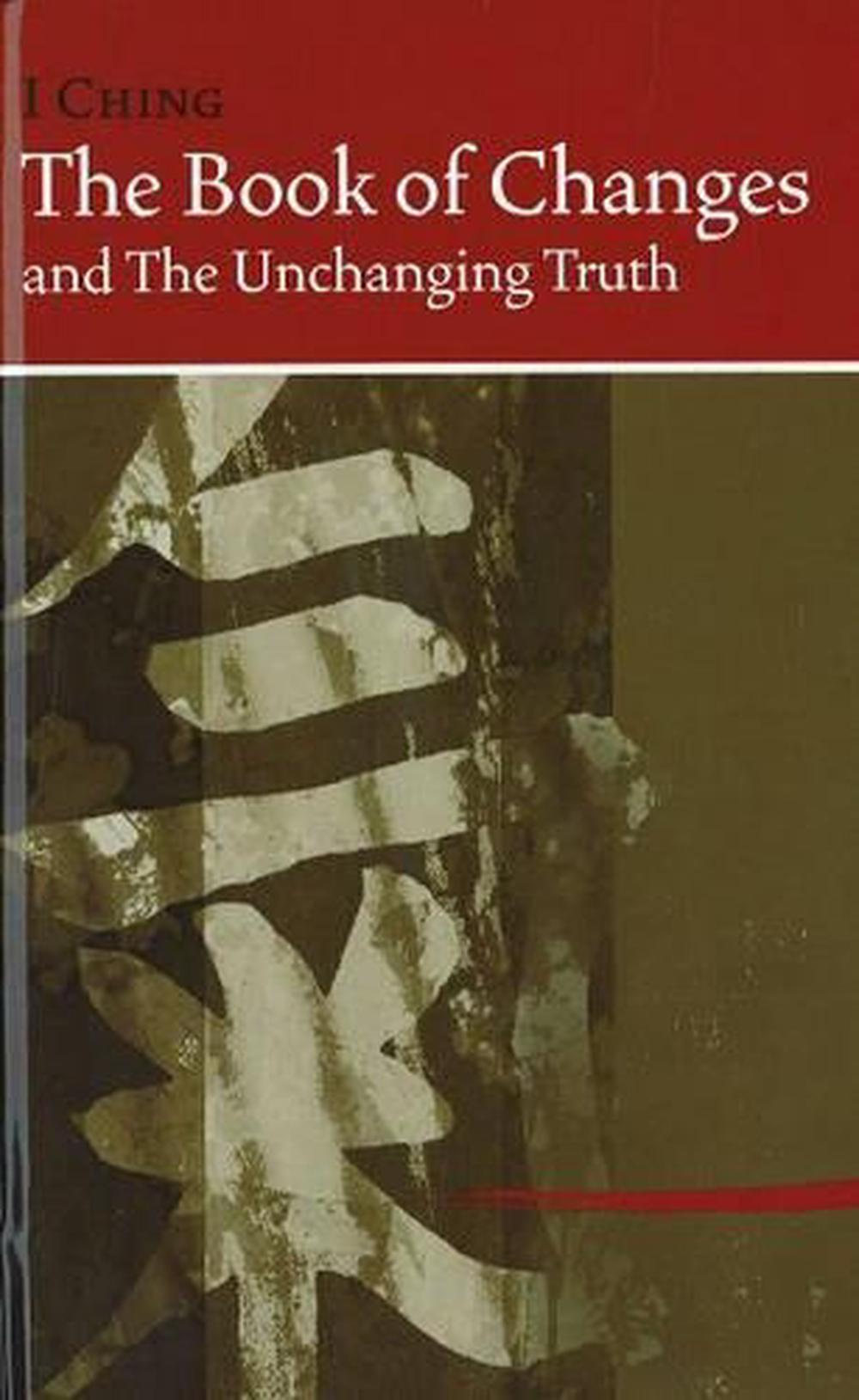

It also gives more detailed advice on Taoist philosophy, meditation and other practices. However it goes much further in elaborating the relationship of Taoism to other aspects of traditional Chinese culture such as holistic medicine, feng shui, tai chi and the I Ching, not all of which existed in the time of Laozi.

Thematically the text covers much of the original ground of the Tao Te Ching elucidating on the concept of the Tao. It takes the form of a narrative question-and-answer dialogue between a disciple Prince and his learned Master. Hua-Ching Ni's translation contains exactly the same number of chapters, 81, as his translation of the Tao Te Ching although it is slightly longer. He claimed to have derived his translation from the preservation of the Huahujing through oral tradition, having been handed down through generations of Taoist priests. A full translation into English by the Taoist priest Hua-Ching Ni was published in 1979. The work is said to have survived in oral tradition. Its contents have no direct relation to later oral texts available in English. Parts of chapters 1, 2, 8 and 10 have been discovered among the Dunhuang manuscripts, recovered from the Mogao Caves near Dunhuang and preserved in the Taisho Tripitaka, manuscript 2139.Įstimated dates for the manuscript range from around the late 4th or early 5th century to the 6th century CE Northern Celestial Masters. An emperor ordered all copies to be destroyed in the 13th century after Taoists lost a debate with Buddhists. Įmperors of China occasionally organized debates between Buddhists and Taoists, and granted political favor to the winners.

In 705, the Emperor Zhongzong of Tang prohibited distribution of the text. It has been suggested that the Taoist Wang Fu ( 王浮) may have originally compiled the Huahujing circa 300 CE. Some scholars believe it is a forgery because there are no historical references to it until the early 4th century CE. The Taoists are sometimes claimed to have developed the Huahujing to support one of their favourite arguments against the Buddhists: that after leaving China to the West, Laozi had travelled as far as India, where he had converted-or even become-the Buddha and thus Buddhism had been created as a somewhat distorted offshoot of Taoism. Traditionally, it is said that Laozi wrote it with the intention of converting Buddhists to Taoism, when they began to cross over from India. The work is honorifically known as the Taishang lingbao Laozi huahu miaojing ( 太上靈寶老子化胡妙經, "The Supreme Numinous Treasure's Sublime Classic on Laozi's Conversion of the Barbarians").


 0 kommentar(er)
0 kommentar(er)
